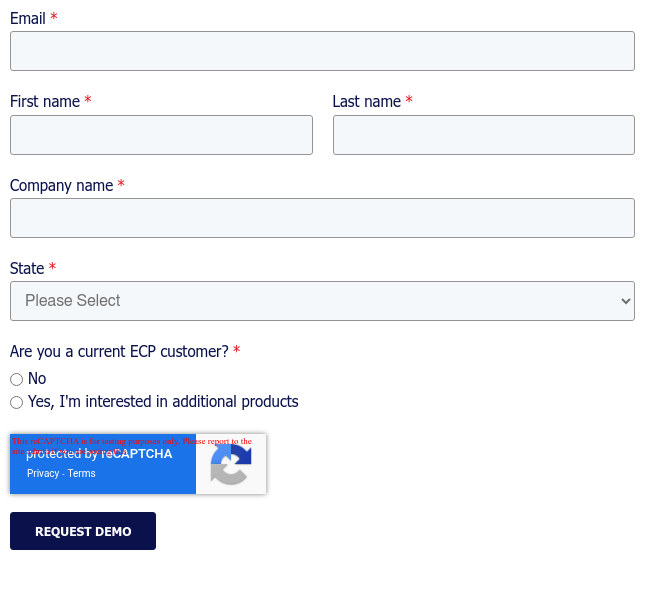Standard Precautions - Break the Chain of Infection in Assisted Living
Standard precautions are required for individuals who reside in senior living and other care communities and are often at a higher risk of infection. Understanding how we can all be considered a vehicle for infectious organisms is essential. Yet, we can all play an active role in stopping the spread of infectious diseases by breaking the links in the chain of infection.
What is the chain of infection?
The chain of infection is the sequence of events leading to an individual becoming infected. The transmission of infection depends on six elements that link together like a chain, each link playing a unique role. Standard precautions aim to break this chain early to prevent the viral spread of infection. For infection to develop, each chain link must be connected. Infection cannot be transmitted if any link in the chain breaks.
The 6 elements that make up the chain:
- Infectious Diseases - Microorganisms such as viruses, bacteria, fungi, and parasites cause contagious diseases. Some common infectious diseases are influenza, norovirus, c. diff, and MRSA.
- Reservoir - A reservoir is where the microorganism lives and reproduces. Depending on the organism, it can live on the surface for hours or even days. Reservoirs can include humans, animals, food and water, door handles, toilet seats, human feces, and respiratory secretions.
- Portal of Exit - The portal of entry is the opening where the infectious organism enters the host's body. Some examples are an open wound, cracked skin, mucus membranes such as the nose and mouth, and tubes in the body such as catheters.
- Mode of Transmission - The mode of transmission is how an organism transfers from one carrier to another. There are direct and indirect modes of transmission. A direct mode is when an infected host comes in direct contact with a susceptible host. An indirect mode is when the organism is on an intermediate carrier, such as environmental surfaces that an infected person has contaminated. The organism's transmission is indirect when suspended by dust or droplets in the air. Droplets or dust can remain suspended for long periods and blow over great distances.
- Portal of Entry - The portal of entry is the opening where the infectious organism enters the host's body. Some examples are an open wound, cracked skin, mucus membranes such as nose and mouth, and tubes in the body such as catheters.
- Susceptible Host -A susceptible host is a person at risk of developing an infection from the disease. Not everyone who encounters a disease will become sick. However, some factors make a person more likely to become infected with a disease, such as age, underlying chronic health issues, conditions that weaken the immune system, certain medications, and invasive devices like a feeding tube.
Since many individuals in senior living and other assisted living communities have one or more of these risks, care staff should follow standard precautions to protect not only those residing in the community but coworkers and individuals in their lives who may be at risk. In addition, community staff can help prevent the spread of infection by considering how they act as a vehicle for the infectious agent.
Standard Precautions to Follow
- Good Hand Hygiene -Proper hand hygiene is the easiest and most effective way to prevent infection. Knowing when to perform hand hygiene is a critical component. Standard precaution examples of when to perform hand hygiene are before having direct contact with someone's skin, before administering medications, after having contact with bodily fluids (even if gloves were worn), after glove removal, and after coughing, sneezing, or using tissues.
- Cleaning and Disinfecting - Cleaning uses soap and water to remove germs, dirt, and impurities from surfaces. This process does not kill germs but decreases the number of germs. Disinfecting is when you use chemicals to kill germs on surfaces or objects. To follow standard precautions, always follow community procedures when cleaning and disinfecting.
- Personal Protective Equipment - Personal Protective Equipment (PPE) is used to protect yourself as a barrier from contact with infectious organisms and blood-borne pathogens. PPE for standard precautions includes gloves, masks, gowns, goggles, and face shields. It's important to correctly apply or remove PPE and dispose of the items in a designated area deemed appropriate by your community's procedures and general standard precautions recommended by the CDC.
- Respiratory Hygiene and Coughing Etiquette - CDC standard precautions state that respiratory and coughing etiquette includes covering your mouth and nose while practicing the hand hygiene techniques above. Incorporating PPE, such as masks and gloves, can provide additional protection.
- Safe Specimen Collection -Certain materials can cause infection if not handled properly. Abide by standard precautions by practicing safe specimen collection. Safe specimen collection requires using appropriate PPE, methods, and standards to collect and store specimens safely to avoid contact with them.
- Regulated Waste - Regulated waste is anything that can contain infectious materials, such as contaminated sharps and lab waste containing blood or bodily fluids. Sharps are objects that can penetrate the skin, like needles, lancets, and disposable razors. To abide by standardized safety precautions, containers of regulated waste require warning labels, including refrigerators containing blood or potentially infectious materials and other containers used to store, transport, or ship infectious materials. Never bend or recap sharps; always dispose of them immediately in a container designed for them.
- Safe Laundry Handling Procedures - Safe laundry handling procedures include collecting and moving soiled items, washing, drying, replacing them, and cleaning and disinfecting. Your community will be able to elaborate further on what those processes are.
- Protocols for Exposure Incidents - Exposure incidents are when a specific eye, mouth, or other mucus membranes, non-intact skin, or injection comes in contact with blood or other potentially infectious materials. Follow standard precautions by knowing your community's protocol for exposure incidents. Keeping this knowledge top of mind is incredibly important so that in the event this may occur, you will know the appropriate steps to take in a timely manner.
Staying safe at work and at home
Staying safe at work and home by abiding by standard precautions protects residents and clients in the community and yourself, coworkers, and others in your life that may be susceptible. Identifying when an individual is symptomatic and promptly following community-based policies and procedures, including standard precautions, can help limit exposure in a community. Be transparent about any changes, such as symptoms, infections, and vaccinations, with other individuals in the community, other staff, and yourself. Practice social distancing and continue to follow safe practices at home by having a plan in place in your household. While some of these practices may seem small, they can significantly impact those around us and ourselves.
Software that can help
As a leading healthcare software provider for assisted living communities and other long-term care providers, ECP incorporates various tools to help communities implement their policies and procedures while practicing standard precautions.
These tools easily document symptoms and infections upon detection and track progress and resolutions. Tasks can be customized to reflect standard precautions, ensuring staff follows proper procedures. Resident statuses are a great visual to show who may be in isolation or quarantine so that your entire team is aware. Vaccinations can also be logged, making it clear when a new dose is required. This information can then display on important documents such as Face Sheets and Physician Order Sheets. You can also monitor PPE inventory efficiently to make reorders when supplies are running low. This technology makes it easier to ensure that staff follow proper procedures and play their part in breaking the chain of infection.
Request a demo to learn more about ECP and to receive a personalized demonstration.

Contributor to Article

Nicole Shelton
ECP
Standard Precautions Trainer
ID: T106872
University of Wisconsin
Green Bay

